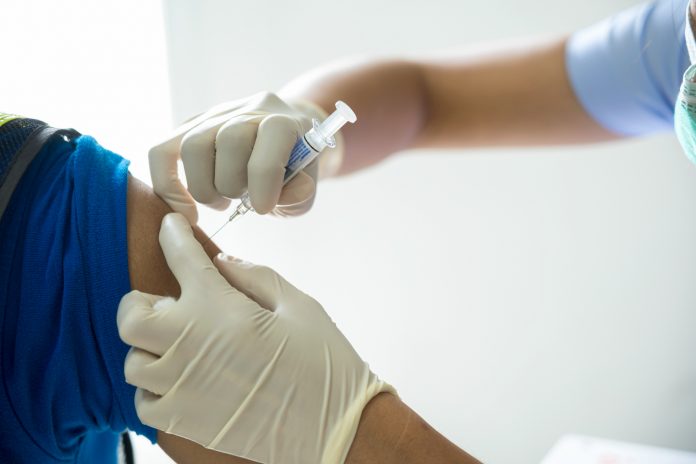
A team of researchers at Stanford Medicine has uncovered a molecular signature found in blood platelets shortly after vaccination could predict how long a person’s immune response will last. The finding, published in Nature Immunology, provides a new understanding of the factors related to vaccine durability that could eventually be used for the development of more personalized vaccination strategies.
The study, which was led by Bali Pulendran, PhD, a professor of microbiology and immunology at Stanford, builds upon research into vaccine signatures published in 2022. While this earlier study identified a “universal signature” that could predict the strength of early immune responses to vaccines, this new research focuses on predicting the longevity of immunity.
“The question of why some vaccines induce durable immunity while others do not has been one of the great mysteries in vaccine science,” Pulendran said. “Our study defines a molecular signature in the blood, induced within a few days of vaccination, that predicts the durability of vaccine responses and provides insights into the fundamental mechanisms underlying vaccine durability.”
For this new research, the Stanford team used a systems vaccinology approach to analyze immune responses in 50 healthy volunteers who received an experimental H5N1 bird flu vaccine. Some participants received the vaccine with an adjuvant, a chemical compound that enhances immune response, while others did not. Over the first 100 days after vaccination, the team collected blood samples from participants a dozen separate times, and conducted in-depth analysis the genes, antibodies, and proteins in each sample.
Using machine learning algorithms to look for patterns in the data, the investigators found a molecular signature reflected in tiny bits of RNA within platelets, the cells that are responsible for forming blood clots. Platelets are derived from megakaryocytes, cells that are found in bone marrow. When platelets break off from megakaryocytes, that often carry small bits of RNA from the megakaryocytes. While megakaryocytes are not easily tracked, the platelets carrying their RNA can act as proxies.
“What we learned was that the platelets are a bellwether for what is happening with megakaryocytes in the bone marrow,” Pulendran said. This discovery points to the role of megakaryocytes in promoting durable immunity, particularly by fostering the survival of plasma cells which play a vital role in immune response.
To confirm their discovery the team administered thrombopoietin (TPO), a drug that stimulates megakaryocytic activation to mouse models. They found that the mice treated with TPO had a sixfold increase in anti-bird flu antibodies compared to untreated mice. The study also showed that activated megakaryocytes produce molecules that help plasma cells survive longer, which is critical for sustained immunity.
The team then expanded their analysis to examine the responses of 244 people to seven different vaccines, including vaccines against flu, yellow fever, malaria, and COVID-19. The same platelet-associated molecular signature was found to predict which vaccines would result in longer-lasting immunity, suggesting that the signature could be used to predict durable response to a range of vaccines.
“We could develop a simple PCR assay—a vaccine chip—that measures gene expression levels in the blood just a few days after someone is vaccinated,” Pulendran noted. “This could help us identify who may need a booster and when.” Such tests would allow for more accurate predictions of vaccine durability, improving clinical trials and enabling personalized vaccination strategies tailored to individual immune profiles.
Building on this finding, the Stanford team will now investigate why certain vaccines activate megakaryocytes more effectively than others. The insights gained could lead to the development of vaccines that trigger stronger, more durable immune responses from the start, improving long-term protection. Further, understanding the role of megakaryocytes could help address challenges in vaccine development for emerging diseases and pathogens.













